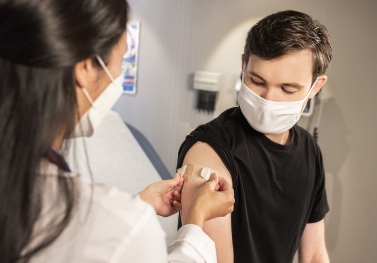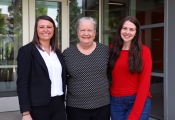CPH, state health department work to understand needs of populations at increased risk of illness, death and limited health care access

The Ohio State University College of Public Health, in coordination with the Ohio Department of Health, conducted Ohio’s COVID-19 Populations Needs Assessment to identify the unique needs of communities at risk of an increased burden of COVID-19 disease and death due to social determinants of health.
The Centers for Disease Control and Prevention recommends a set of established public health interventions to prevent COVID-19 disease spread, including social distancing, testing, contact tracing and isolation. But these interventions are not accessible to all Ohioans — not because populations do not want to adhere to guidelines, but because there are aspects of their social, physical, policy and historical environments that may prevent them from doing so. Certain populations may also be experiencing pandemic-related disruptions in access to primary health care, mental health care and substance-use treatment.
Under the leadership of College of Public Health faculty Julianna Nemeth and Tasleem Padamsee, the project analyzed feedback from 363 stakeholders in six priority populations, including African American, Latinx and Asian communities in Ohio, immigrants and refugees in Ohio, Ohioans living with disabilities and Ohioans living in rural areas. Expert panel members representing each community reviewed the findings and provided guidance regarding future action. Final recommendations designed to reduce the disparate impact of COVID-19 on Ohio’s diverse populations are expected soon.
For a preliminary summary report, click here.











